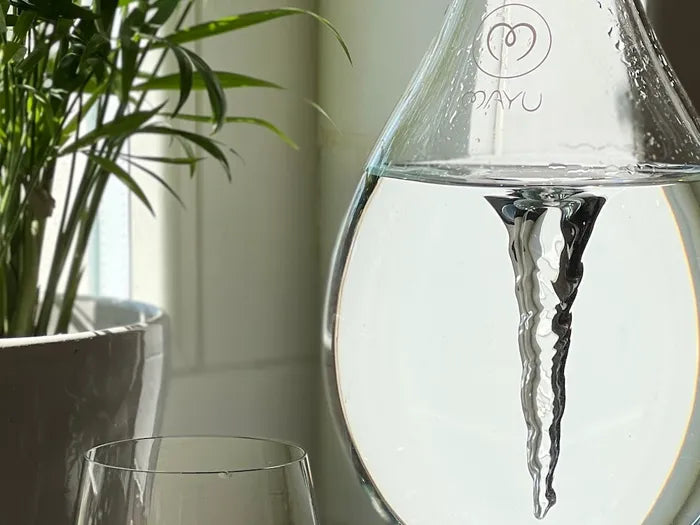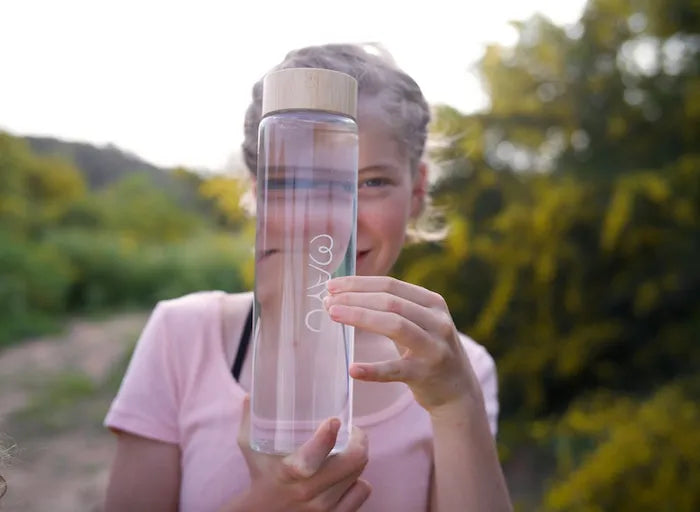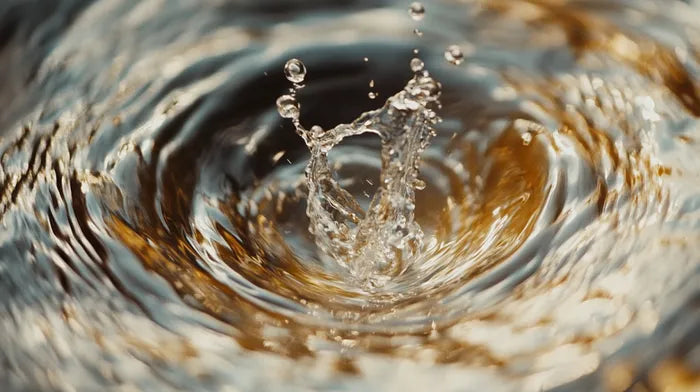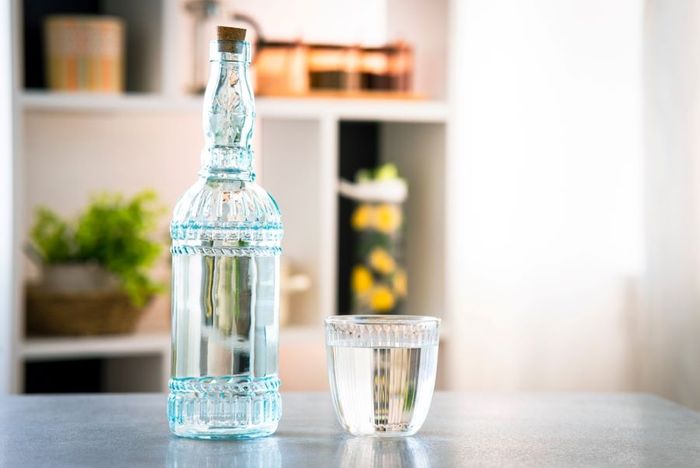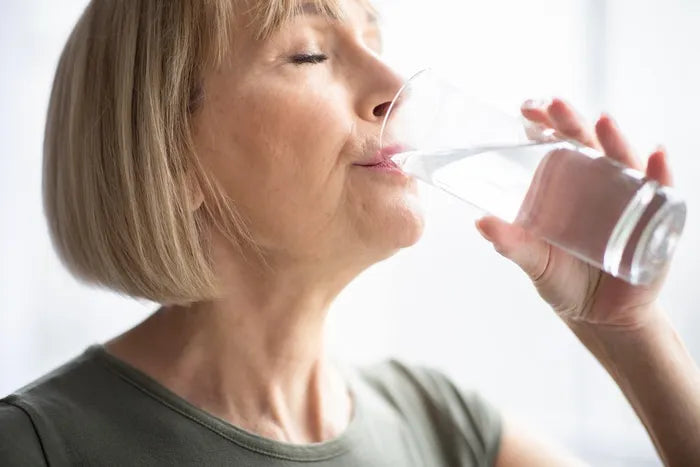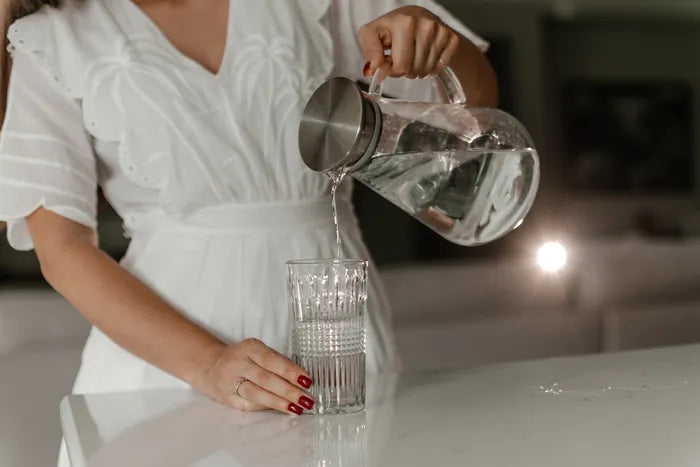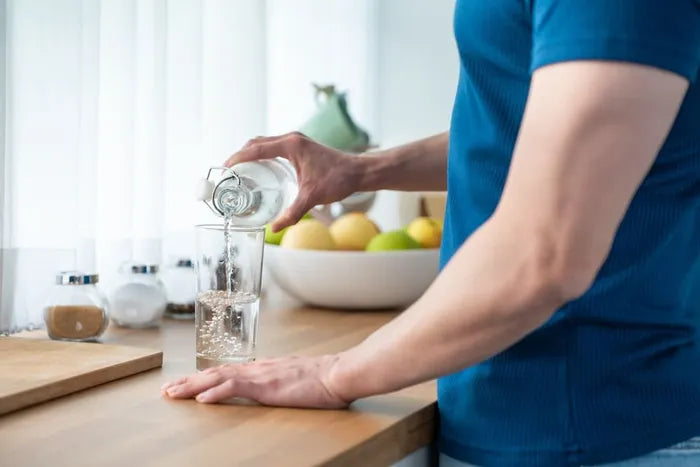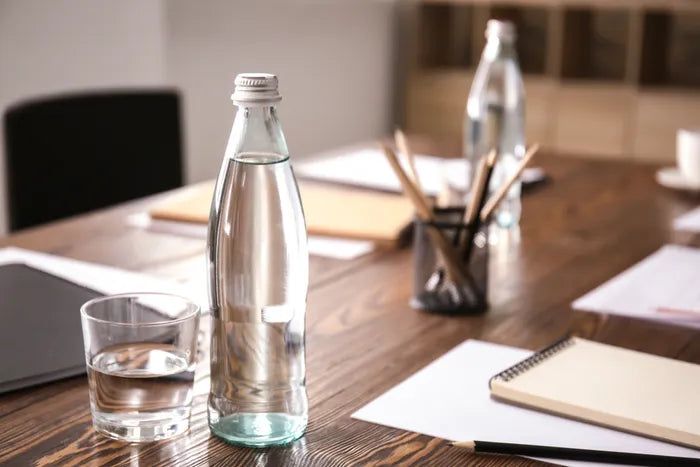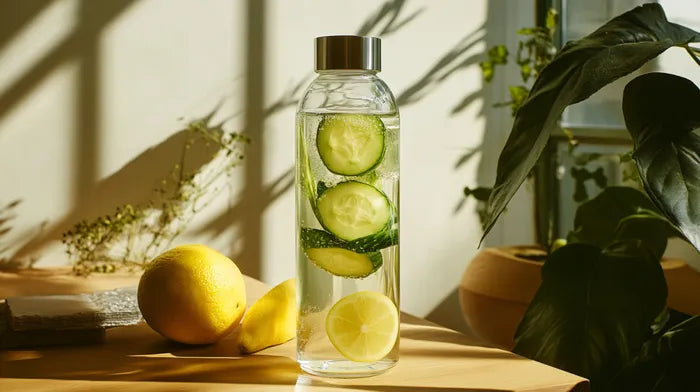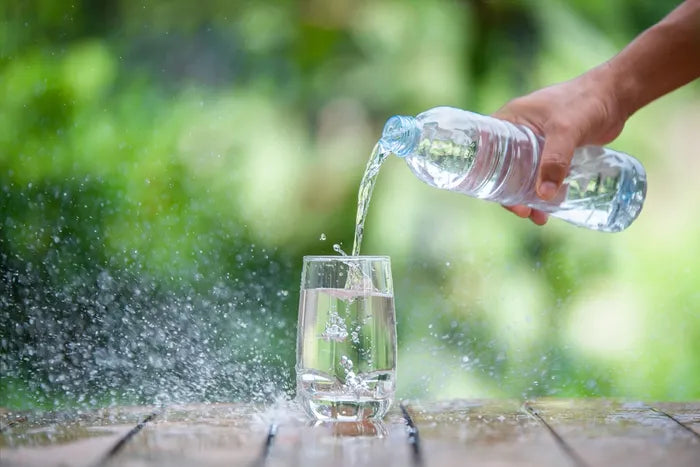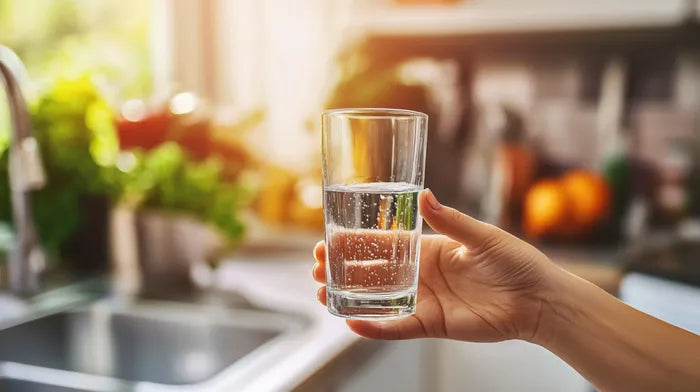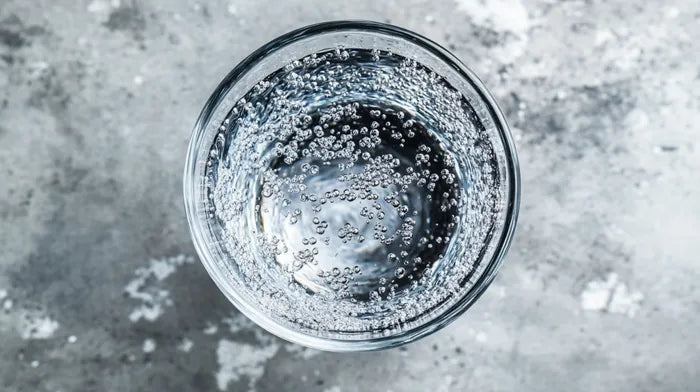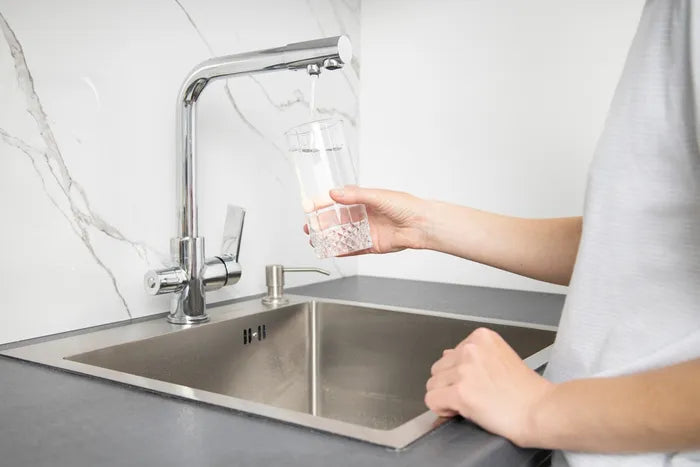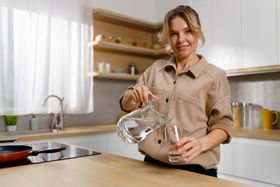Can Aerating Water Remove Chlorine?
Updated February 5, 2025

In high doses, chlorine reacts with water outside of the body as well as on mucosal surfaces inside your body—including the water in your digestive tract—to form hydrochloric acid and hypochlorous acid; both of which may be extremely poisonous to humans.
Chlorination is the process where chlorine is added to drinking water to kill bacteria, parasites, and viruses. Environmental protection organizations limit the amount of chlorine in drinking water to ensure that it is safe for human consumption—generally to around four milligrams per liter. However, many people don’t want to take the chance that the chlorine levels are higher and turn to ways to remove it from their water. Aeration is one of those methods.
How You Can Remove Chlorine From Your Water
The aeration process brings water and air into close contact to influence the water’s physical and chemical characteristics. Aeration helps to remove dissolved gases, volatile inorganic chemicals, and dissolved metals. The swirling motion of aeration rejuvenates the water and introduces atmospheric air, which allows fresh oxygen to dissolve within the water. Aeration speeds up the process of evaporating and removing potentially toxic compounds like chlorine by increasing gas exchange and air circulation.
You can read more about aeration chemistry in this blog.
How Long Does It Take to Aerate Chlorine Out of Your Water?
Chlorine can naturally evaporate from water if left to sit for a while.
Water needs to sit for at least 24 hours to dechlorinate, but it could take up to 5 days for the chlorine to evaporate from the water completely. This is all dependent on the total volume of water and the initial concentration of chlorine in the water—and aeration speeds up this process.
Aerating a smaller volume of water for around 10 minutes will cause the chlorine to evaporate. With the Mayu Swirl carafe, you can aerate up to 1.5 liters of water at a time.












